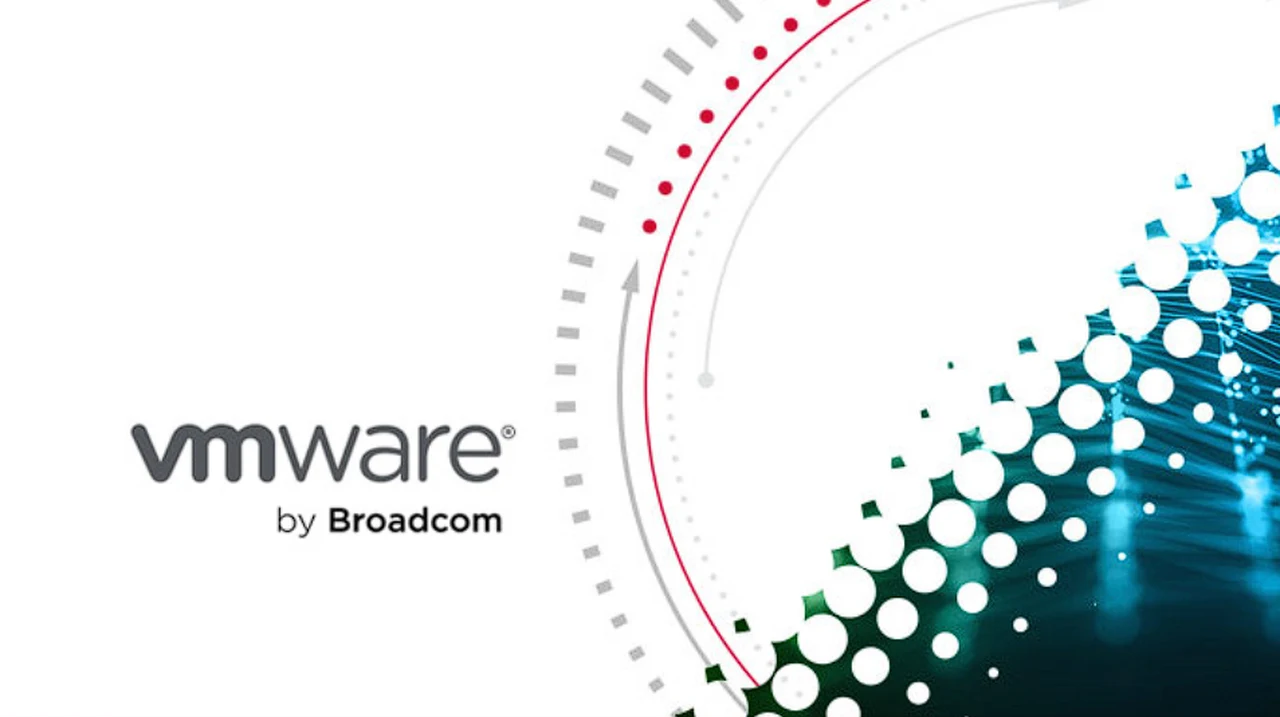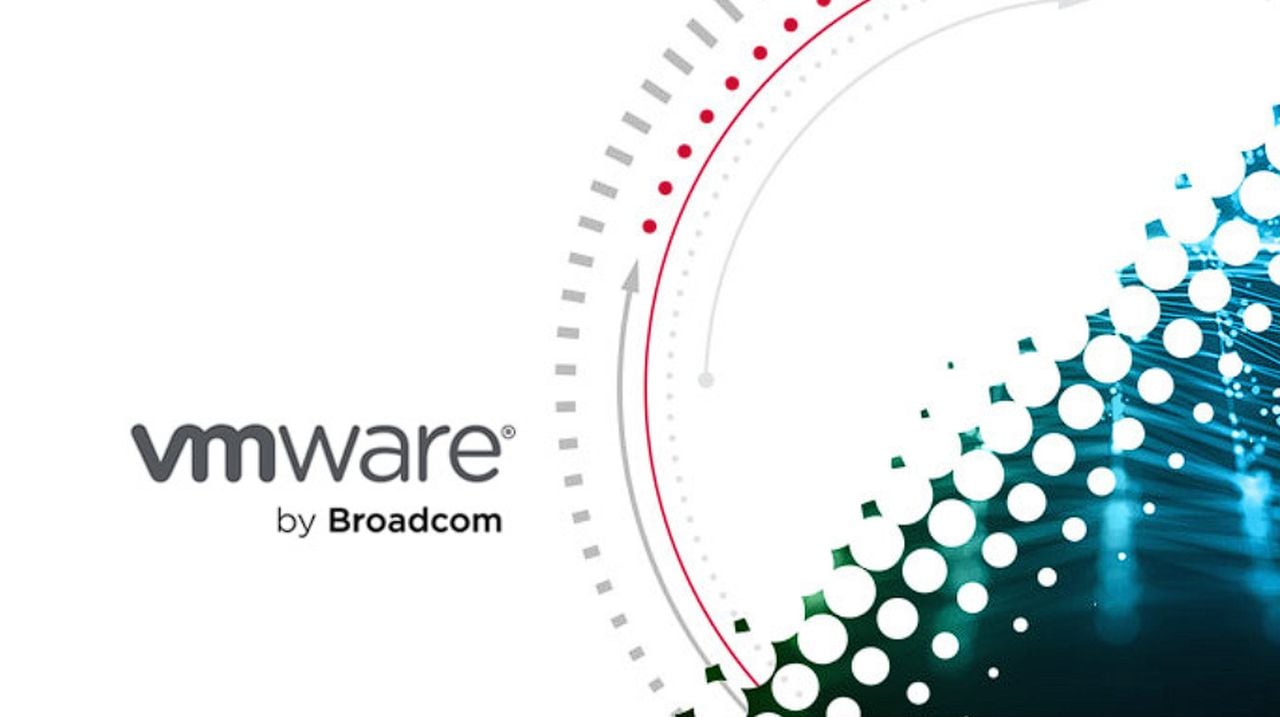
In a bold move that has sent ripples through the tech sector, Broadcom has finalized its acquisition of VMware for $60 billion, a development that promises to reshape the landscape of virtualization and cloud services. As a user of VMware’s products, you may be wondering how this change will affect your business.
The acquisition, which began in May 2022, has brought about a strategic shift within VMware, with Broadcom now steering the company towards a subscription-based model. This change reflects a broader industry trend, but it also presents potential challenges, especially for smaller businesses that have relied on VMware’s perpetual licenses.
Broadcom is known for restructuring its acquisitions, a practice that has caused some concern among VMware’s customer base. The company has recently discontinued several VMware divisions, including the Carbon Black and End-User Compute product lines. While this move streamlines VMware’s portfolio, it may force some users to seek out alternative solutions. Despite these changes, VMware’s core technologies, such as ESXi, vCenter, and vSphere, will continue under the new vSphere Foundation brand. This rebranding effort seems to be an attempt to address the needs of mid-sized and smaller customers, ensuring they still have access to essential virtualization tools.
Broadcom VMware
The restructured VMware Cloud Foundation has become more affordable and now includes enhanced support services. This appears to be a strategic move to keep hybrid cloud customers on board during the shift to subscription services. As you navigate these changes, it’s important to weigh the new subscription costs against your business needs.
VMware Alternatives
You might find that alternatives like XCP-ng, Proxmox, Kubernetes, or Docker offer the functionality you require at a cost that aligns better with your budget. These options could be particularly appealing if you’re aiming to maintain operational efficiency without overextending your financial resources.
Interview with Broadcom CEO
Summary
- Broadcom’s acquisition of VMware, which began in May 2022, has been completed after 546 days, with significant implications for VMware’s future and its customers.
- Concerns were initially raised about Broadcom’s history of acquiring and dismantling companies, which has now manifested in changes to VMware’s business model and product offerings.
- Key changes following the acquisition include:
- The end of perpetual licensing for VMware products, transitioning to a subscription-based model.
- A strategic shift in focus towards serving global enterprises, potentially sidelining smaller businesses.
- The discontinuation of certain VMware divisions, such as Carbon Black (EDR software) and the entire End-User Compute product offering, including VMware Horizon VDI.
- The continuation of core technologies like ESXi, vCenter, and vSphere, rebranded as vSphere Foundation, aimed at mid-sized to smaller customers.
- A price reduction for VMware Cloud Foundation and enhanced support service levels to retain hybrid cloud customers and promote the new subscription model.
- For home lab users, ESXi free version is expected to remain free, and VMUG Advantage memberships are not anticipated to change.
For those who are passionate about VMware and run home labs, the free version of ESXi is expected to remain available at no cost. Additionally, VMUG Advantage memberships, which offer personal use benefits such as discounts and licenses, are anticipated to continue as they are.
The industry has had a mixed response to Broadcom’s new direction for VMware. As the virtualization and cloud services sector evolves, staying informed about the latest developments and considering a range of alternatives will be crucial for successfully navigating these changes. Your ability to adapt and make informed decisions will be vital as you adjust to this new chapter for VMware under Broadcom’s ownership.
Filed Under: Technology News, Top News
Latest timeswonderful Deals
Disclosure: Some of our articles include affiliate links. If you buy something through one of these links, timeswonderful may earn an affiliate commission. Learn about our Disclosure Policy.



